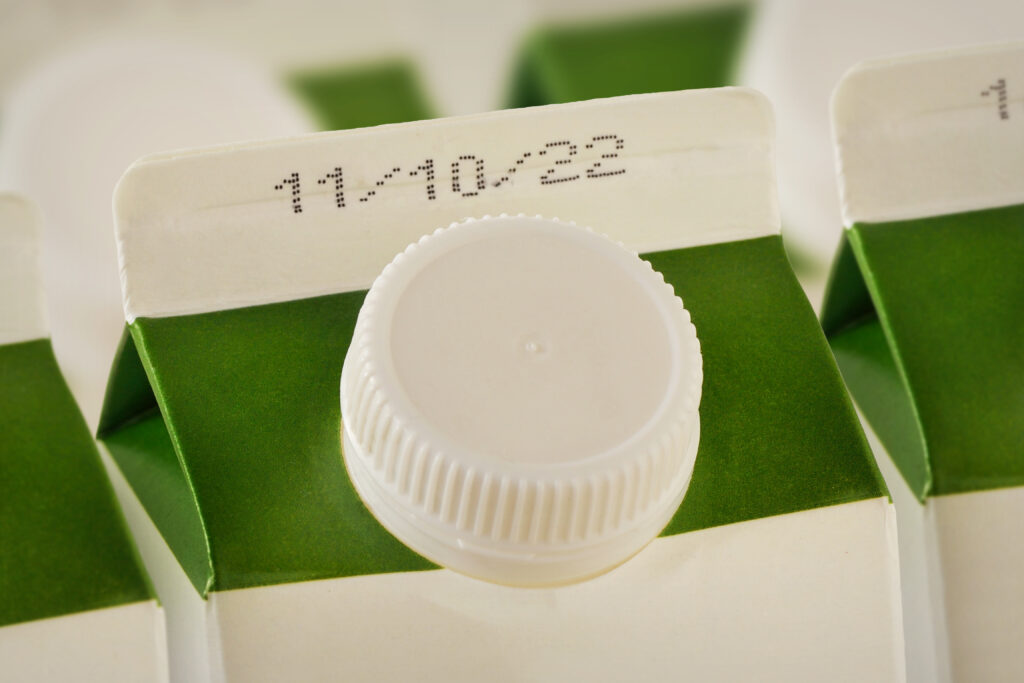Let’s face it, no one likes to throw away food but we all do it. In fact, Americans waste about 40% of the U.S. food supply which, according to the US Department of Agriculture, amounts to a loss of about $1,500 of uneaten food per year for an average family of four. Unfortunately, not all of the food that’s thrown out is bad, and in some cases product labels can give the wrong impression about the safety or quality of a product. But aside from the inevitable moldy bread or wilted lettuce, how do you know what to save and what to get rid of? Navigating the various dates terminology isn’t always simple. In fact, Congress reintroduced a bill called the Food Date Labeling Act of 2023 in May. Legislators are seeking a uniform solution to dating products with the hopes to reduce consumer confusion and reduce food waste. Until that happens, here is quick guide to help you know what to keep and what to toss:

Use-By Date: The “use-by” date indicates the last day on which the product is expected to be at its peak quality. This is typically used for perishable items like meats, and ready-to-eat meals and, depending on the product, there could be safety implications if the food is consumed well past the use-by date. When it comes to perishable items, precaution should always be taken. It is best to do a visual inspection and if there is any doubt throw them out.
Sell-By Date: Aimed at retailers, this date indicates the date by which the store should sell the product to ensure that the consumer has a reasonable amount of time to use it before its quality begins to decline. However, this doesn’t mean a product should not be consumed after its “sell-by” date and it has virtually no impact on the safety of the product.
Best-By/Before Date: Probably the most common, this date is similar to the “use-by” date and indicates the date by which the product is expected to be at its best quality. It is often found on fermented items like dairy products. It is also found on packaged foods, canned goods, and snacks. Consuming products after the “best by” date doesn’t necessarily pose health risks, but the flavor, texture, and nutritional content may have started to decline. Many foods are still safe to eat well beyond the “best by” date if they’ve been stored properly and show no signs of spoilage.
Freeze-By: This date indicates when a product should be frozen to maintain peak quality, similar to above. It is not a purchase or safety date.
In addition to learning these important food date guides, it is also essential to understand the role food additives play in reducing food waste. Food additives and ingredients such as antioxidants and stabilizers help prevent spoilage and increase the shelf-life of some of your favorite foods and snacks. Understanding what these dates mean is one of the easiest ways to know whether to throw out a food product or not.
